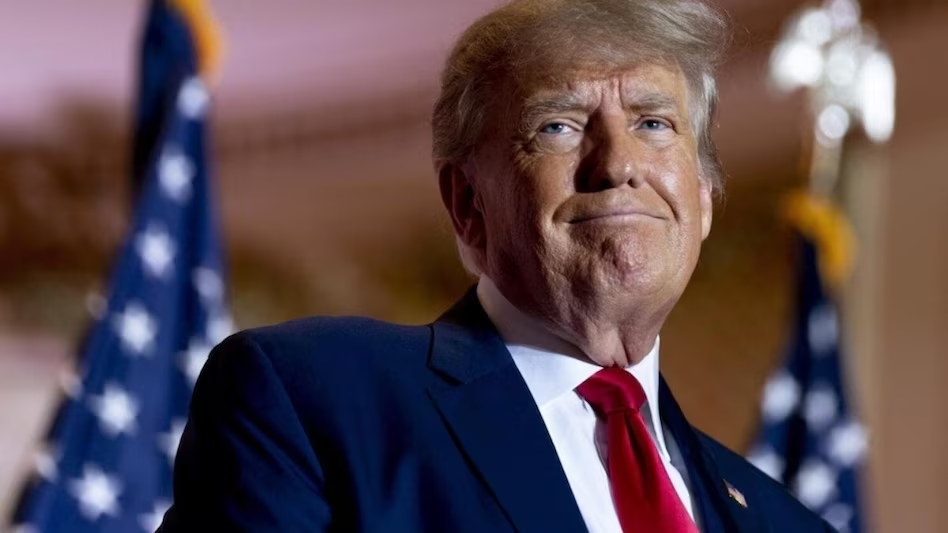U.S. President Donald Trump recently asserted in a Fox News interview that India has offered to eliminate all tariffs on American goods, describing it as a significant trade victory. “They make it almost impossible to do business. Do you know they’re willing to cut 100% of their tariffs for the United States?” he said, highlighting what he called a landmark concession.
Despite this bold claim, Trump added that he is in “no rush” to finalize any agreement, stating, “That’ll come soon. Look, everybody wants to make a deal with us,” leaving the timing of any deal uncertain.
These remarks come as Indian Commerce Minister Piyush Goyal visits Washington from May 17 to 20 for high-level trade discussions. The Indian delegation is meeting with U.S. Trade Representative Jamieson Greer and Commerce Secretary Howard Lutnick to negotiate an interim deal focused on “mutual wins,” with the goal of reaching a broader trade agreement by autumn 2025.
However, India quickly tempered expectations. External Affairs Minister S. Jaishankar emphasized to reporters that the trade talks are ongoing, complex, and far from finalized. “Between India and the U.S., trade talks have been going on. These are complicated negotiations. Nothing is decided till everything is. Any trade deal has to be mutually beneficial; it has to work for both countries. Until that is done, any judgment on it would be premature,” Jaishankar explained.
Trump’s confident trade rhetoric comes amid growing concerns about the United States’ own fiscal health. Moody’s recently downgraded the U.S. sovereign credit rating from its highest Aaa to Aa1, citing increasing national debt, rising interest expenses, persistent fiscal deficits, and political gridlock in Washington. This historic downgrade aligns Moody’s with Fitch and S&P’s previous ratings and signals mounting skepticism about America’s fiscal future. Analysts warn this could increase government borrowing costs, unsettle financial markets, and weaken global trust in the U.S. as a financial safe haven — even as Trump projects strength through trade leverage abroad.
Beyond tariffs, Trump’s statements reveal a broader strategy of using trade as a geopolitical tool. He singled out India as a country with high trade barriers he aims to break down, while also suggesting potential trade incentives for Pakistan.
“I’m using trade to settle scores and make peace,” Trump said, referencing recent border tensions between India and Pakistan, including the aftermath of the Pahalgam terror attack in Kashmir.
Trump claimed his administration played a role in brokering a ceasefire understanding between the two countries, implying that expanded trade opportunities with both nations were part of the strategy.
He also invoked his trade negotiations with China, framing them as acts of economic diplomacy with global impact. Trump cited a recent agreement where U.S. tariffs on Chinese goods were reduced from 145% to 30%, with China reciprocating by lowering its tariffs from 125% to 10%.
“If I didn’t do that deal with China, I think China would have broken apart,” Trump said, portraying himself as a dealmaker whose trade policies promote global stability.







